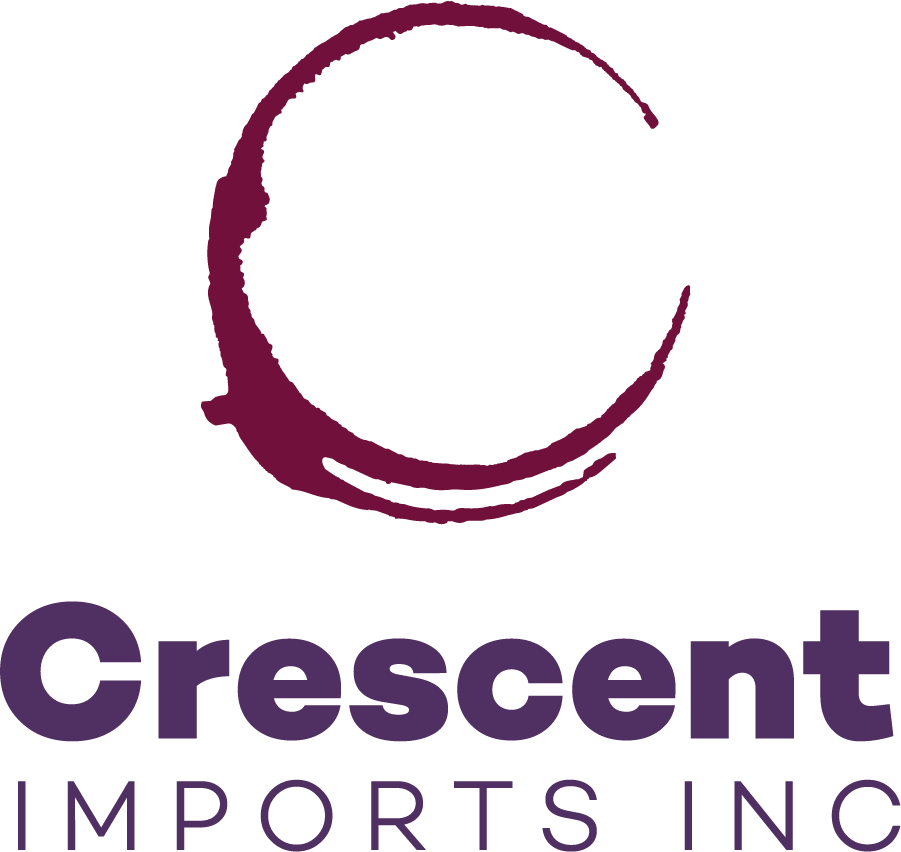The Crescent Imports logo is the crescent moon, a symbol of rebirth and new life cycles. Just like it happened to Rafael and Daniel, founders of the company, who arrived in New York in 2002 to learn more about studies in economics and, soon after, starting a career in finance. In 2019, after ten years in the world of finance, Rafael and Daniel decide to turn their passion for wine and food into a job.
For the full interview click here.








